Category: cultivation facility
Avoiding Common Construction Mistakes as a New Cannabis Licensee

Cannabis Facility Construction Principal, Andy Poticha, spoke last month at the inaugural Sparklist Summit, hosted by Supercritical. Illinois applicants and cannabis industry stakeholders learned about “Avoiding Common Construction Mistakes as a New Cannabis Licensee.” Listen here to the video.
https://www.youtube.com/watch?v=QBY9XpRTH4M&feature=emb_title
The Rise of Hemp: The Federally Legal Industry is Booming
The hemp-derived CBD industry is expected to reach $16 billion nationwide by 2025. The ground-breaking Agriculture Improvement Act of 2018 or Farm Bill removed low-THC cannabis and its derivatives from the Controlled Substances Act, opening the door for FDA-regulated products like CBD pharmaceuticals, food items, additives, and dietary supplements. Already, major retailers like CVS and Kroger are selling CBD products. Granted CBD products, including CBD-infused water, CBD-infused cosmetics and CBD-infused pet treats in the marketplace pre-dated the Farm Bill, those products can now be shipped across state lines and sold legally at the federal level. Here’s what you need to know about the rise of hemp in the U.S.
Hemp Vs. Marijuana
Hemp and marijuana look and smell nearly the same, but the similarities stop there. They derive from the same plant, cannabis sativa, but hemp contains less than .3% THC while marijuana has much higher levels. Hemp is now considered a federally legal agricultural product, and majijuana remains a DEA Schedule 1 drug, only legal in states with medical and adult use programs. In addition, hemp is regulated by the FDA and marijuana is not.
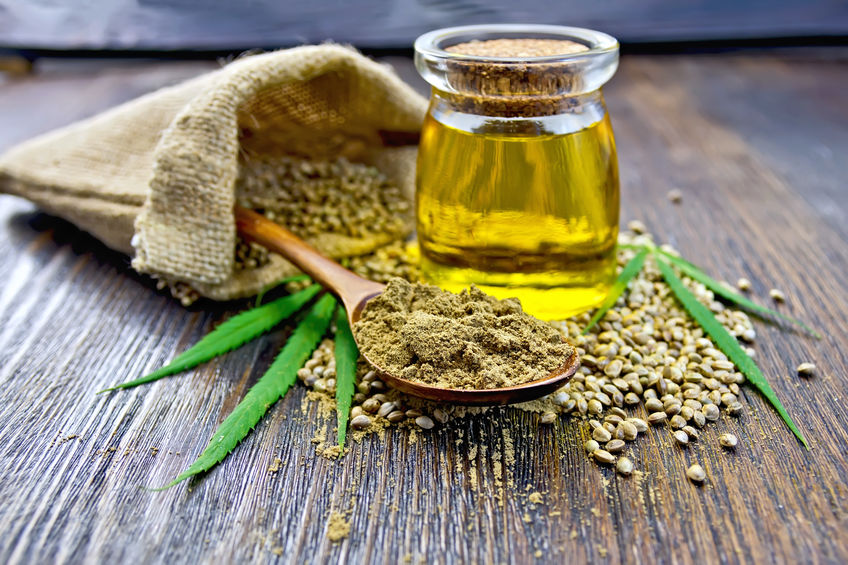
Hemp Facilities
Just like with marijuana, there are hemp cultivation facilities, processing centers, and retail businesses. The focus and capital investment has been on processing centers with businesses in Colorado City, Colorado and Janesville, Wisconsin leading the charge.
Colorado City has a population of under 3,000 but is home to Paragon Processing, the largest hemp-processing center in the United States. According to Westword, Paragon will produce a variety of hemp extractions through isolation and distillation techniques, projecting to produce one million pounds of hemp monthly. Industrial hemp production has the complete buy-in from Governor Jared Polis. “Governor Polis’s administration has pushed for looser regulations on hemp farmers and businesses in order for this state to maintain its top spot in the hemp industry,” adds Westword. “During a recent speech at a hemp and CBD industry conference, Polis said that hemp farming was part of his rural economic initiative, and that he’d like to raise Colorado’s current 62,000 acres allotted for hemp farming by 20 percent.”
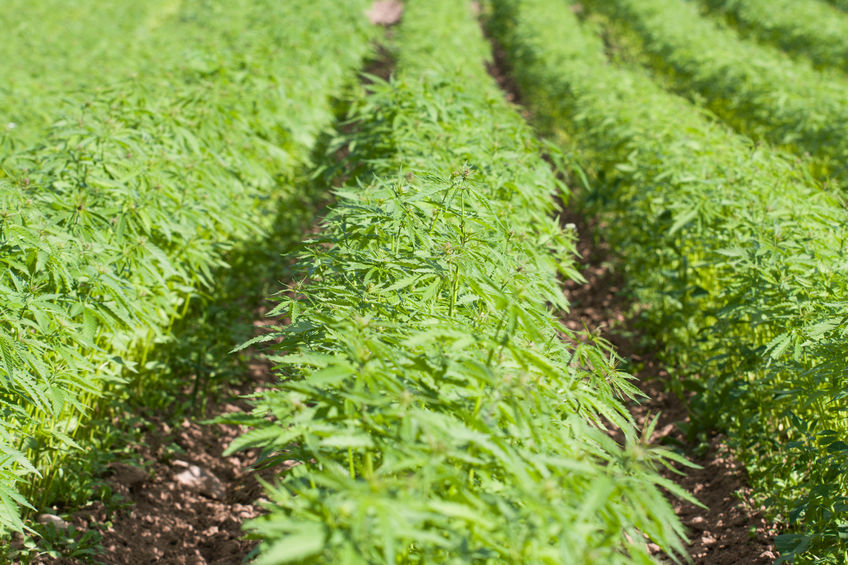
Wisconsin’s young market already has as big player in Simply Solutions, a maker of natural personal care products, getting into the hemp game. Simply Solutions will be the area’s first-to- market commercial-sale processing facility with another distinction: a method that extracts almost 100% CBD oil content.
Per GazetteXtra, “Simply Solutions claims their extraction process is a cleaner and more efficient way to extract more CBD from hemp…Methods other producers use extract only 60% to 70% of the CBD, they said.That’s important, considering that some strains of hemp grown for CBD can net $2,500 to $75,000 an acre, according to New Frontier Data, a cannabis industry analyst.”
Sourcing hemp from reputable farmers is crucial for CBD purity, as many companies are extracting CBD from hemp plants not bred for CBD.
Licensing and Regulations
The Farm Bill gives states the authority to submit plans for licensure and regulations. According to the National Conference of State Legislatures, “A state plan must include certain requirements, such as keeping track of land, testing methods, and disposal of plants or products that exceed the allowed THC concentration…State policymakers have taken action to address various policy issues — the definition of hemp, licensure of growers, regulation and certification of seeds, state-wide commissions and legal protection of growers.”
Keeping Marijuana and Hemp Separated “Marijuana entrepreneurs who want to enter the federally legal CBD industry should consider starting a CBD business separate from the marijuana entity,” according to Marijuana Business Magazine. Though the Farm Bill has federally legalized the hemp industry, marijuana remains a Schedule 1 drug, and the main concern for businesses is extracting CBD that stays below .3% THC content. However, the same owner can have separate hemp and marijuana businesses.

The same article reported that Fairwinds, located in Washington state, faced a dilemma, desiring to enter the hemp space. The company’s products include tinctures, capsules, and topicals derived from a cannabis strain with CBD-dominant ratios, but with THC content above the limit. “The solution wasn’t simply removing THC from the products, because that would make them less effective. Rather, in anticipation of hemp legalization, Fairwinds CEO James Hull and his team spent more than a year finding new cannabinoids that could replace THC in formulations that would be federally legal while still an effective treatment.”
In the spirit and best practice of keeping the businesses separate, Hull ultimately created a new entity called Fairwinds CBD.
Less Oil Means More Plants
Another significant difference between hemp and marijuana is hemp’s lower oil content, which means that business owners must process more of the crop for an adequate CBD oil yield. Marijuana Business Magazine interviewed Craig Henderson, CEO of Extract Labs, a Boulder, Colorado-based extraction firm and CBD products manufacturer, who says hemp processing facilities will need larger extraction machines. “He [Henderson] estimated that a large marijuana company processes 100-300 pounds of cannabis per week, whereas large hemp companies process 2,000-10,000 pounds of the plant each week.”
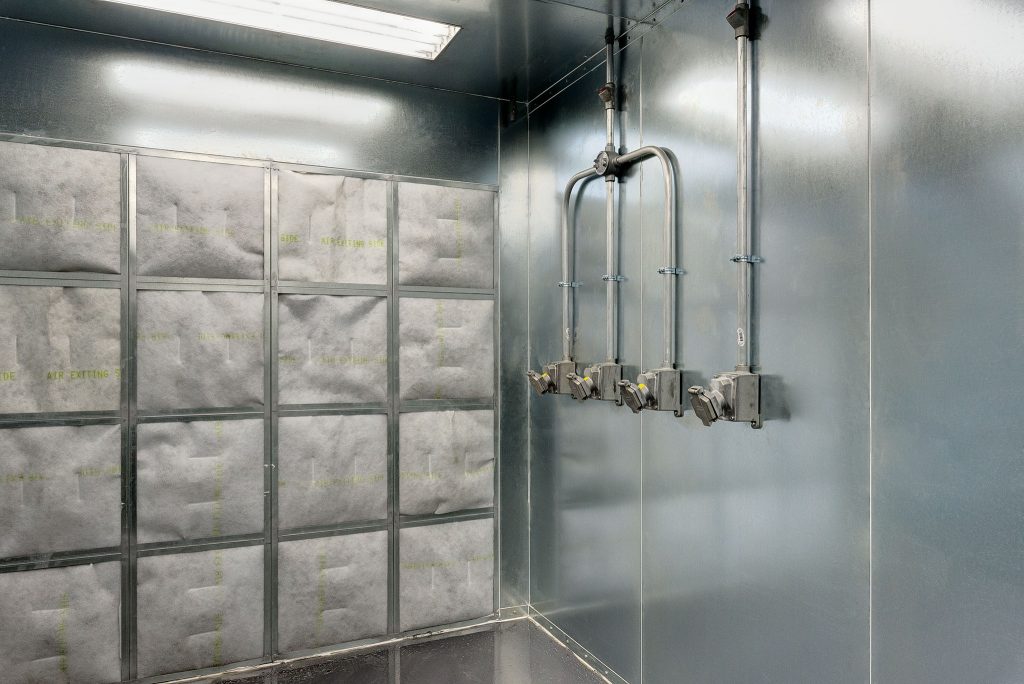
In addition to larger equipment, business owners will need more employees and more space to handle the volume of product and extraction needs of hemp. “I think it’ll take people a couple months to figure out what they want to do and how they’re going to create businesses, and hopefully, maybe by June, we’ll see a huge spike in interest,” adds Henderson.
Proceed with Caution
The FDA remains the be all and end all governing body when it comes to regulating hemp. Hemp-derived CBD companies must be judicious about their product descriptions, especially information on potential health benefits. Moreover, the FDA has not given CBD as a food additive the designation of Generally Regarded as Safe.
How Much Does It Cost To Start A Dispensary & Craft Grow
Cannabis Legalization News – Thomas Howard Podcast Featuring Andy Poticha
Tom Howard: It’s clearly 2:00 p.m. on a Wednesday, and so it’s cannabis legalization news time. We’ve had a huge week in cannabis legalization news. Illinois became … hey Miggy … what number is it?
Miggy: 11!
Tom Howard: 11. The big number 11, and we also have a guest joining us. It’s Andy Poticha. Say hi, Andy.
Andy Poticha: Hello.
Tom Howard: Awesome. Well, we’re going to round up the news, and then Andy is going to discuss with us his unique knowledge about something that’s so hot right now. The cost of getting into a cannabis cultivation facility in Illinois. They’re called, The Craft Grows or a dispensary, but first, I think the biggest news of the week was of course that JB Pritzker signed it into law. Now, it’s number 11, but there’s been a lot of other really cool federal news, and Miggy have you heard anything on the west coast? Is there anything that you’re working on for weednews.co.
Miggy: No. Not me, per se. I mean state-by-state has been great also with New York and Texas and Ohio, but those are all more medical and one is decriminalization. The Banking Act.
Tom Howard: The Banking Act. I’m actually going to present to everybody, that’s another thing. So FinCEN did just release, and says that FinCEN publishes these on a quarterly basis, but of course it takes them a little bit of time to get the actual date. This came out this past week, and it’s current as of April 1. When the quarter ends here in about a week for June, these numbers will be updated and then FinCEN will publish that in another couple of months.
Tom Howard: But you can see the sharp uptick right there. Q3 2018. Basically JB Pritzker won, and then maybe this was also some New York thing. They don’t really publish those, but this is the number of banking institutions that are lending to marijuana. Interestingly enough, the thing that you see when you are lending to marijuana a lot, and hopefully my screen was on there, is –
Miggy: Hey, Tom.
Tom Howard: They file nondisclosure agreements and all that other stuff to kind of keep it secret, but this uptick, and a fairly large uptick according to the number of banks that are actually banking cannabis, somewhat corresponds to the stuff that’s been coming out of Congress. This is a really fresh news. This is from the Marijuana Moment, just from like a half hour ago.
Miggy: Oh nice.
Tom Howard: Right. And if you’re not familiar with what’s going on in the federal level, especially when it comes to banking and cannabis, it has to do with two things. One is the defunding of the war against marijuana for everything, not just medical, but state law marijuana. Second is the continuing pushing of the Safe Banking Act, placing it into the funding bills itself. As we get up the fiscal cliff, the fiscal cliff happens every year September 30 because that’s when the federal budget actually ends. The budget that will be passed that will continue to fund, that’s how hemp was legalized. That’s how the first war on marijuana was defunded back in 2014, through Rohrabacher-Farr Amendment just for the medical. It looks like the budget for 2020, plus Illinois going open for business, will really signal it’s time to go. It’s time to lend to cannabis businesses, and I would not be surprised if New York next year legalizes it. I think 2020’s going to be the biggest year for cannabis legalization ever. What about you, Miggy?
Miggy: No, I totally agree, especially since the House agrees to protect the legal states. That’s a huge step towards legalization, like you said. Just like jury nullification but in a financial way of how to attack prohibition.
Tom Howard: There’s jury nullification. That’s great, but you’re already being prosecuted. You’re on trial. Imagine if you could just stand up during a trial and be like, “Excuse me, Your Honor. There’s no money for this trial.”
Miggy: Yeah, yeah. That’s for sure. Defunding the war on drugs. I think that’s the best way to put it. FYI, when you had the chart on the screen, on YouTube, I was a predominant screen.
Tom Howard: That gets back to, I really need, and if anybody’s out there that is majoring in YouTube, and also social media SEO and has a paralegal degree, I will hire you because I am doing this all myself. And it’s sad. Somebody could be managing this, and then I could get back to work for the clients, which are just blowing up my phones. It’s going great, but that’s one of the reasons why we brought our guest on. He has actually designed and built cannabis facilities in Illinois. Andy.
Andy Poticha: Yes?
Tom Howard: How many of these facilities have you built?
Andy Poticha: In Illinois, we have completed four dispensaries and one cultivation, and are working on one cultivation and another dispensary at this point. That’s just in Illinois. We’ve been doing work in other states outside of Illinois as well. We’re working on our 8th state, actually.
Continue reading “How Much Does It Cost To Start A Dispensary & Craft Grow”
The Essential Staff of a Cultivation Facility
At the conclusion of many a cannabis customer’s journey is consumption of the product. Whether that method is smoking, vaping, ingesting, or topically applying the product, how it arrived on or in your person traces back to the cultivation facility where it was farmed, grown, and groomed. Dispensary shelves and display cases are bedecked with flowers, oils, extracts, shatter, edibles, and more, but none of that exists without cultivation. Canna-business is the fastest growing sector in the country due in large part to the essential staff of cultivation facilities.

Master Grower and Junior Grower
A successful cultivation operation starts at the top with the master grower, whose credentials include backgrounds in horticulture or agriculture and often advanced degrees. Also known as director of cultivation, this person is not only responsible for overseeing the cultivation of all cannabis plants, but managing the entire operation of the facility. They are in charge of all grow house employees and must routinely ensure that the facility is in step with regulations. It may not stop there.
As CNBC reported, “At larger operations, cultivation directors have management responsibility for a team of growers, and the position typically requires frequent interaction with law enforcement to ensure compliance.”
A junior grower or a master grower-in-training, works directly under the tutelage of the master grower. This person is primarily responsible for successfully growing the plants. Duties include planting, cloning, feeding, and proper watering.
Trimmers and Technicians
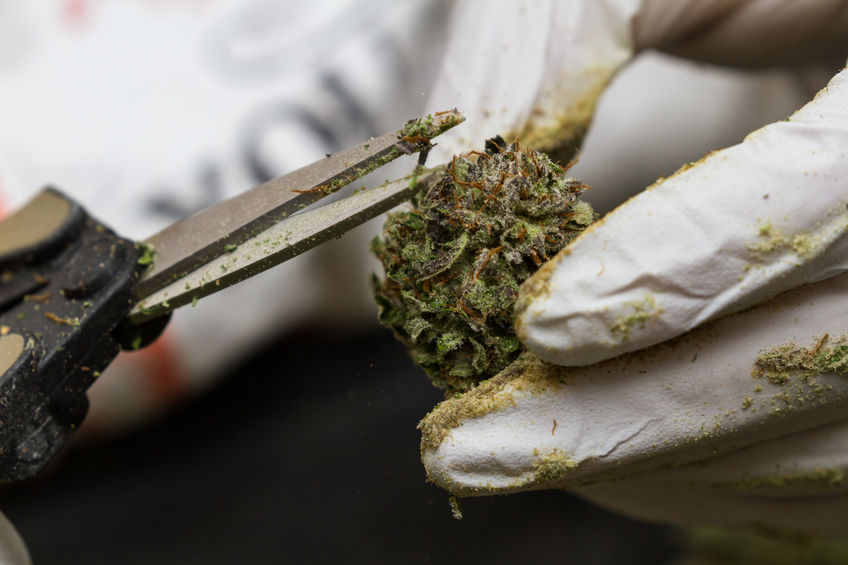
They call it a plant-touching niche for a reason. Trimmers have direct contact with cannabis plants, and their job is to prune and manicure the plants during harvest season without harming them. Trimmers are tasked with understanding the plant anatomy and the difference between strains. The job requires physical endurance and concentration. “Bud trimmer is an excellent entry-level job,” writes James Yagielo of Hemp Staff. “It’s a great way to break into a marijuana cultivation career with plenty of room for upward mobility.”
Similar to trimmers, cultivation technicians handle pruning duties, but they are more focused on the fulfillment of growing cannabis, including germination, cloning, and transplantation. Quality Control Inspector QC Inspectors ensure that cannabis products comply with health, safety, and potency standards. Many in the field are PhD’s in biology, agronomy, chemistry, or entomology and often
help inspect and enforce marijuana cultivation laws and regulations, as well as those that apply to the use of pesticides.
Director of Extraction
The function of processing or converting the raw materials of cannabis into usable forms, may take place under the same roof as cultivation, especially with companies that practice vertical integration. Extraction falls under the processing umbrella and is the method for turning cannabis buds into oils and concentrates for vaping. The Director of Extraction typically has a solid background in pharmacology or chemistry and designs and runs processing, including laboratory functions and the management of extraction staff.
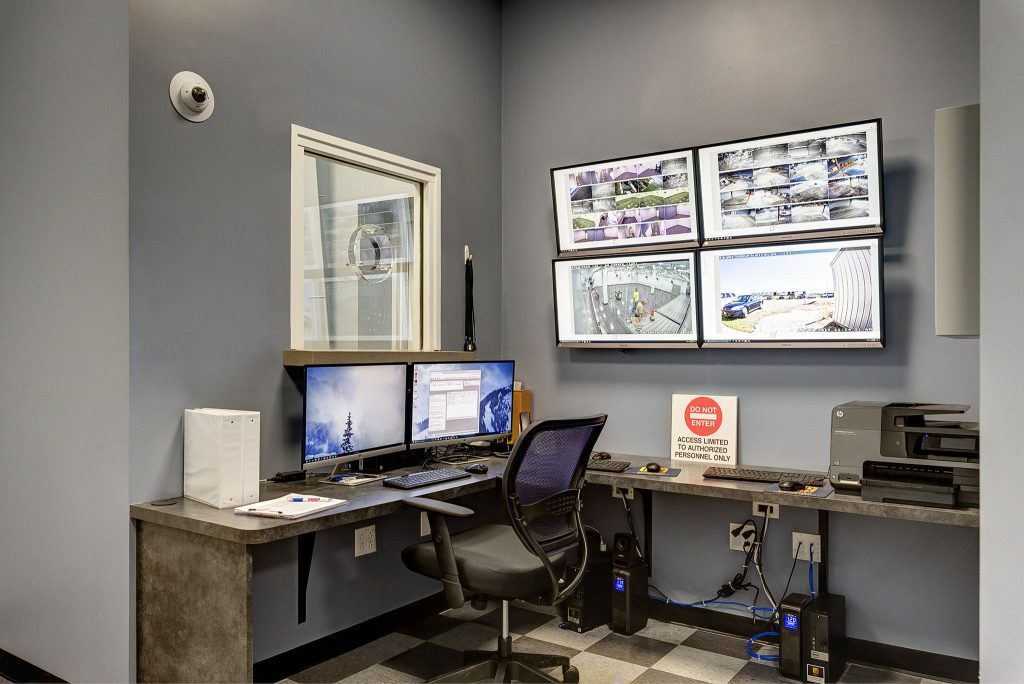
Conclusion
Cannabis employment increased nearly 700 percent between 2017 and 2018 and is projected to grow another 220 percent in 2019. Legal cannabis was a $9 billion industry in the United States last year and will balloon to $21 billion per year by 2021. Cultivation is where everything begins thanks to staff with the unique skill set to make it happen.
